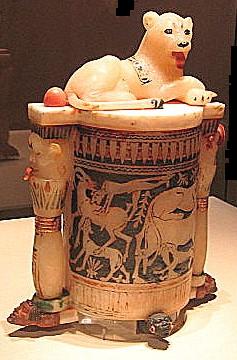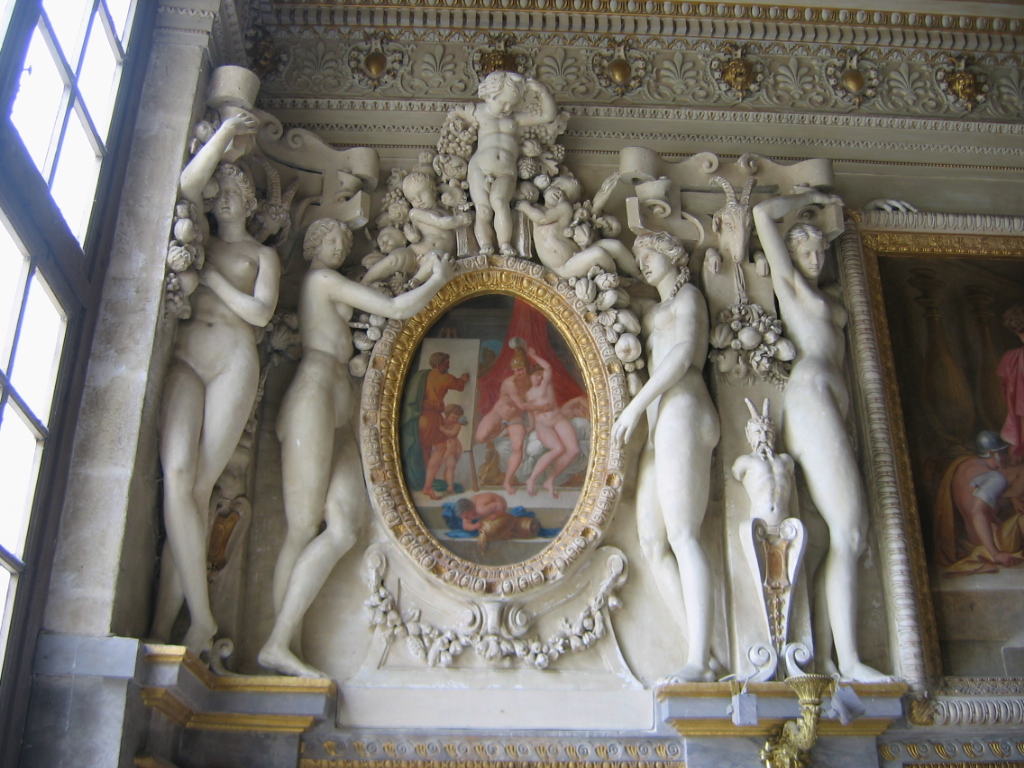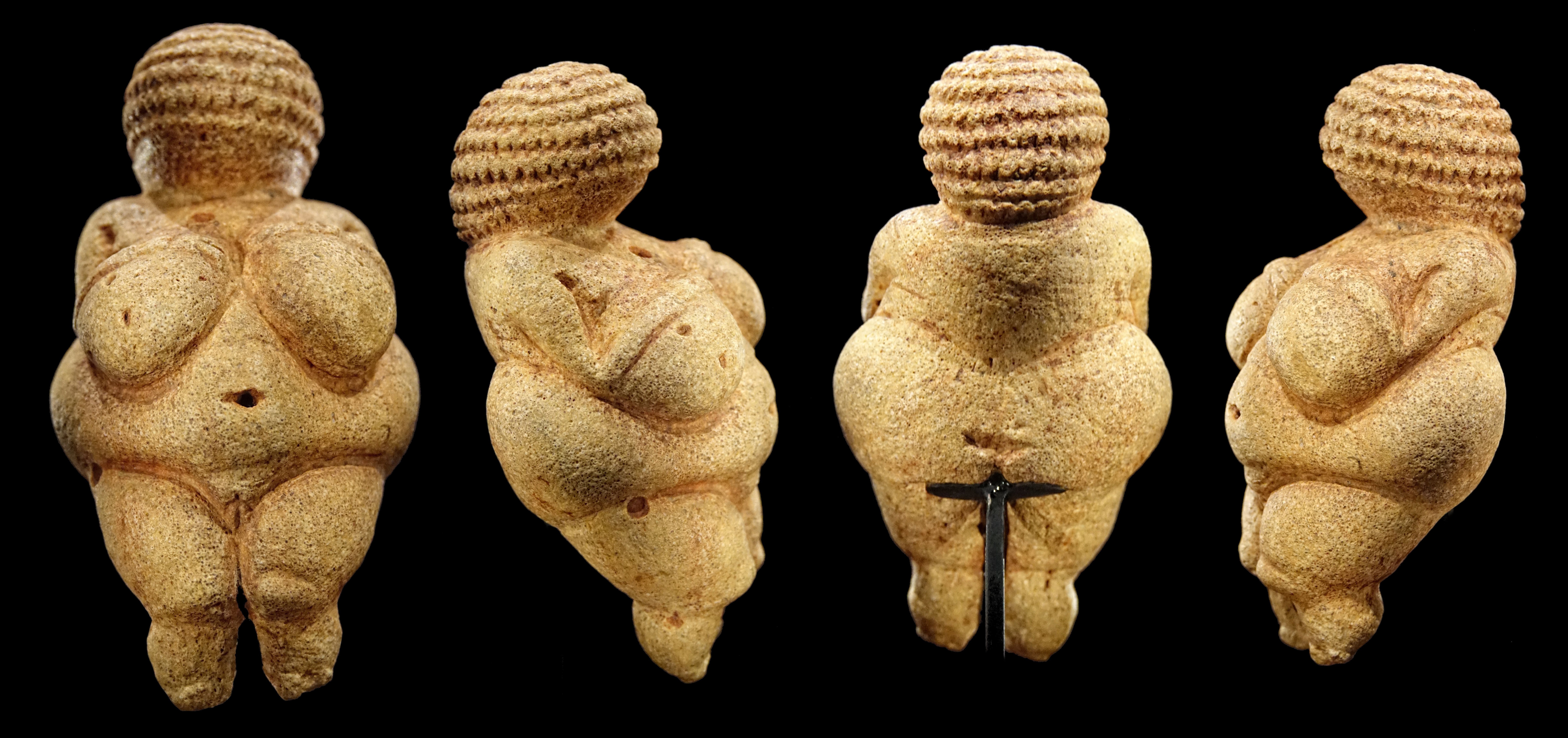|
Ardian Pepa
Ardian Pepa (born 2 March 1977, in Fushë-Arrëz) is an Albanian sculptor and painter. He graduated with a degree in sculpture from Tirana's Academy of Arts in 2001. Work Experience and Exhibitions * Participant in the Contemporary Art Fair at the International Center of Culture "Pjetër Arbnori", Tirana. (2006) * Participant in the national competition "Skanderbeg".(2005) * Director of Scenography for the realization of the play '' Marie Kraja''. (2005) * Scenography and realization of the scenes of "Miss Dea" theater "Byllis" Fier. (2005) * Stage scenographer for "Miss Albania 2005" event held at Kaninë Castle of Vlora. (2005) * Collective exhibition "Blic" in ICC-Tirana. (2003) * Personal exhibition M.H.K "tendencies. (2003) * Personal exhibition in the gallery of the Foundation "Velia". Broad thematic material of wood, metal, marble, alabaster, plaster Plaster is a building material used for the protective or decorative coating of walls and ceilings and for Molding (de ... [...More Info...] [...Related Items...] OR: [Wikipedia] [Google] [Baidu] |
Fushë-Arrëz with Fushë-Arrëz constituting its seat. As of the Institute of Statistics estimate from the 2011 census, there were 2,513 people residing in Fushë-Arrëz and 7,405 in Fushë-Arrëz Municipality. The area of the municipality is 540.42 ...
Fushë-Arrëz (; sq-definite, Fushë-Arrëzi) is a municipality and town in Shkodër County, northwestern Albania. The municipality consists of the administrative units of Blerim, Fierzë, Iballë, Qafë-Mali Qafë-Mali is a village and a former municipality in the Shkodër County, northern Albania. At the 2015 local government reform it became a subdivision of the municipality Fushë-Arrëz. The population at the 2011 census was 1,548. [...More Info...] [...Related Items...] OR: [Wikipedia] [Google] [Baidu] |
Albanians
The Albanians (; sq, Shqiptarët ) are an ethnic group An ethnic group or an ethnicity is a grouping of people who identify with each other on the basis of shared attributes that distinguish them from other groups. Those attributes can include common sets of traditions, ancestry, language, history, ... and nation native to the Balkan Peninsula who share a common Albanian Cultural heritage, ancestry, Albanian culture, culture, Albanian history, history and Albanian language, language. They primarily live in Albania, Kosovo, North Macedonia, Montenegro, Serbia as well as in Croatia, Greece, Italy and Turkey. They also constitute a large diaspora with several communities established across Europe, the Americas and Oceania. Albanians have Paleo-Balkan languages, Paleo-Balkanic Origin of the Albanians, origins. Exclusively attributing these origins to the Illyrians, Thracians or other Paleo-Balkan people is still a matter of debate among historians and ethnologists. The firs ... [...More Info...] [...Related Items...] OR: [Wikipedia] [Google] [Baidu] |
Sculpture
Sculpture is the branch of the visual arts that operates in three dimensions. Sculpture is the three-dimensional art work which is physically presented in the dimensions of height, width and depth. It is one of the plastic arts. Durable sculptural processes originally used carving (the removal of material) and modelling (the addition of material, as clay), in stone, metal, ceramic art, ceramics, wood and other materials but, since Modernism, there has been an almost complete freedom of materials and process. A wide variety of materials may be worked by removal such as carving, assembled by welding or modelling, or Molding (process), moulded or Casting, cast. Sculpture in stone survives far better than works of art in perishable materials, and often represents the majority of the surviving works (other than pottery) from ancient cultures, though conversely traditions of sculpture in wood may have vanished almost entirely. However, most ancient sculpture was brightly painted, ... [...More Info...] [...Related Items...] OR: [Wikipedia] [Google] [Baidu] |
Tirana
Tirana ( , ; aln, Tirona) is the capital and largest city of Albania. It is located in the centre of the country, enclosed by mountains and hills with Dajti rising to the east and a slight valley to the northwest overlooking the Adriatic Sea in the distance. Due to its location at the Plain of Tirana and the close proximity to the Mediterranean Sea, the city is particularly influenced by a Mediterranean seasonal climate. It is among the wettest and sunniest cities in Europe, with 2,544 hours of sun per year. Tirana was founded as a city in 1614 by the Ottoman Albanian general Sylejman Pasha Bargjini and flourished by then around the Old Mosque and the ''türbe''. The area that today corresponds to the city's territory has been continuously inhabited since the Iron Age. It was inhabited by Illyrians, and was most likely the core of the Illyrian Kingdom of the Taulantii, which in Classical Antiquity was centred in the hinterland of Epidamnus. Following the Illyrian Wars ... [...More Info...] [...Related Items...] OR: [Wikipedia] [Google] [Baidu] |
University Of Arts (Albania)
The University of Arts ( sq, Universiteti i Arteve), formerly known as the Academy of Arts ( sq, Akademia e Arteve) is a public university and the main institution that offers higher education of the arts in Albania. History Founded in 1966 as the ''Higher Institute of Arts'' ( sq, Instituti i Lartë i Arteve), it merged three artistic institutions: the Tirana State Conservatory, the Higher School of Fine Arts, and the High School for Actors “Aleksander Moisiu”. The institute was able to take advantage of the Russian tradition in classical music and ballet due to the fact that Albania and Russia had close relationships during communism. The school still maintains ties with the Russian School of Ballet and Classical Music. In 1991, the Higher Institute of Arts was promoted to university level and renamed Academy of Arts. On October 12, 2009, the President of Albania, Bamir Topi awarded the Academy of Arts the "Grand Master Order". Academics The Academy of Arts has three faculti ... [...More Info...] [...Related Items...] OR: [Wikipedia] [Google] [Baidu] |
Marie Kraja
Marie Kraja or Marie Paluca (24 September 1911 – 21 November 1999) was an Albanian opera singer who is particularly known for her delivery of Albanian folk songs. Life Kraja was born in 1911 in Zadar, Kingdom of Dalmatia, then part of Austria-Hungary, in a Roman Catholic family. She was a relative of Mother Teresa, and she would later organize the funeral services for her mother and sister. When she was six, her family moved to Shkodra. Although she was an immigrant, her family were Albanian and she had lived in a small Albanian community in Zadar. In Albania she learnt local wedding and love songs. In 1930 she started her singing studies at the Singschule (now University of Music and Performing Arts Graz), which she completed in 1934. After graduation she started to teach at a secondary school in Shkodra, then at the Queen Mother Women's Institute in Tirana. She started making appearances in Tirana with Tonin Guraziu as accompanying pianist. Kraje represented Albania a ... [...More Info...] [...Related Items...] OR: [Wikipedia] [Google] [Baidu] |
Kaninë Castle
Kaninë Castle ( sq, Kalaja e Kaninës) is a castle in the village Kaninë near Vlorë, in southwestern Albania. History This castle was built in the village with the same name which is about from Vlorë. The castle rises on the side of the Shushica Mountain, about above sea level. The castle was built on the site of an ancient settlement, one of the oldest in the Vlora region. The castle is believed to have been erected in the 3rd century B.C. In the 4th century B.C. the castle was transformed into a fortress town. In the 6th century A.D. the castle was reconstructed by Justinian I Justinian I (; la, Iustinianus, ; grc-gre, Ἰουστινιανός ; 48214 November 565), also known as Justinian the Great, was the Byzantine emperor from 527 to 565. His reign is marked by the ambitious but only partly realized ''renovat .... The castle was the center of the Principality of Valona in the 14th century. The settlement covers an area of 3.6 hectares. Refer ... [...More Info...] [...Related Items...] OR: [Wikipedia] [Google] [Baidu] |
Marble
Marble is a metamorphic rock composed of recrystallized carbonate minerals, most commonly calcite or dolomite. Marble is typically not foliated (layered), although there are exceptions. In geology, the term ''marble'' refers to metamorphosed limestone, but its use in stonemasonry more broadly encompasses unmetamorphosed limestone. Marble is commonly used for sculpture and as a building material. Etymology The word "marble" derives from the Ancient Greek (), from (), "crystalline rock, shining stone", perhaps from the verb (), "to flash, sparkle, gleam"; R. S. P. Beekes has suggested that a " Pre-Greek origin is probable". This stem is also the ancestor of the English word "marmoreal," meaning "marble-like." While the English term "marble" resembles the French , most other European languages (with words like "marmoreal") more closely resemble the original Ancient Greek. Physical origins Marble is a rock resulting from metamorphism of sedimentary carbonate ro ... [...More Info...] [...Related Items...] OR: [Wikipedia] [Google] [Baidu] |
Alabaster
Alabaster is a mineral or rock that is soft, often used for carving, and is processed for plaster powder. Archaeologists and the stone processing industry use the word differently from geologists. The former use it in a wider sense that includes varieties of two different minerals: the fine-grained massive type of gypsum and the fine-grained banded type of calcite.''More about alabaster and travertine'', brief guide explaining the different use of these words by geologists, archaeologists, and those in the stone trade. Oxford University Museum of Natural History, 2012/ref> Geologists define alabaster only as the gypsum type. Chemically, gypsum is a hydrous sulfate of calcium, while calcite is a carbonate of calcium. The two types of alabaster have similar properties. They are usually lightly colored, translucent, and soft stones. They have been used throughout history primarily for carving decorative artifacts."Grove": R. W. Sanderson and Francis Cheetham. "Alabaster", Grove ... [...More Info...] [...Related Items...] OR: [Wikipedia] [Google] [Baidu] |
Plaster
Plaster is a building material used for the protective or decorative coating of walls and ceilings and for moulding and casting decorative elements. In English, "plaster" usually means a material used for the interiors of buildings, while "render" commonly refers to external applications. Another imprecise term used for the material is stucco, which is also often used for plasterwork that is worked in some way to produce relief decoration, rather than flat surfaces. The most common types of plaster mainly contain either gypsum, lime, or cement,Franz Wirsching "Calcium Sulfate" in Ullmann's Encyclopedia of Industrial Chemistry, 2012 Wiley-VCH, Weinheim. but all work in a similar way. The plaster is manufactured as a dry powder and is mixed with water to form a stiff but workable paste immediately before it is applied to the surface. The reaction with water liberates heat through crystallization and the hydrated plaster then hardens. Plaster can be relatively easily worke ... [...More Info...] [...Related Items...] OR: [Wikipedia] [Google] [Baidu] |
Ceramics
A ceramic is any of the various hard, brittle, heat-resistant and corrosion-resistant materials made by shaping and then firing an inorganic, nonmetallic material, such as clay, at a high temperature. Common examples are earthenware, porcelain, and brick. The earliest ceramics made by humans were pottery objects (''pots,'' ''vessels or vases'') or figurines made from clay, either by itself or mixed with other materials like silicon dioxide, silica, hardened and sintering, sintered in fire. Later, ceramics were Glazing (ceramics), glazed and fired to create smooth, colored surfaces, decreasing porosity through the use of glassy, amorphous ceramic coatings on top of the crystalline ceramic substrates. Ceramics now include domestic, industrial and building products, as well as a wide range of materials developed for use in advanced ceramic engineering, such as in semiconductors. The word "''wikt:ceramic, ceramic''" comes from the Greek language, Greek word (), "of pottery" or "fo ... [...More Info...] [...Related Items...] OR: [Wikipedia] [Google] [Baidu] |






